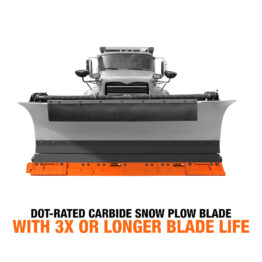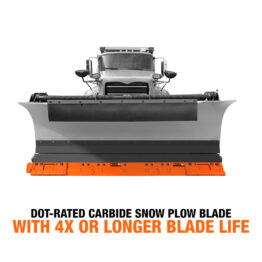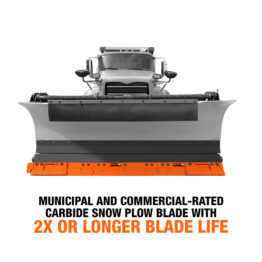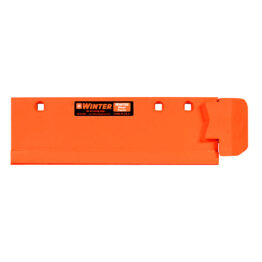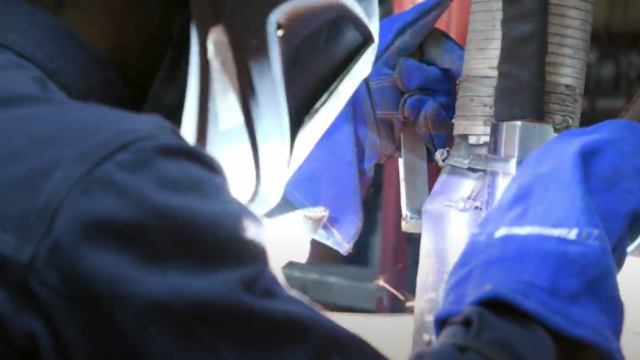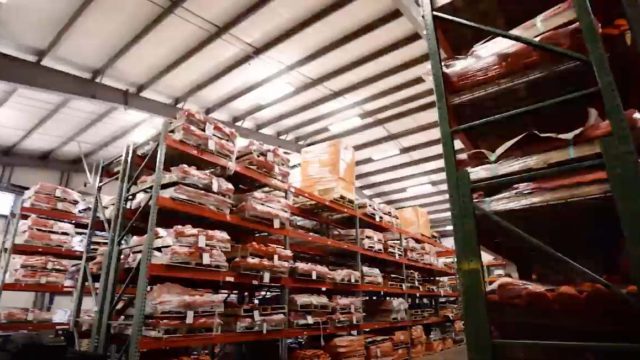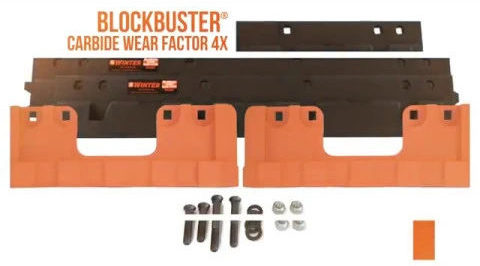Your Recent Search:
3 Avoidable Things That Cause Low-Bid Blades to Severely Damage Roads
July 3, 2018
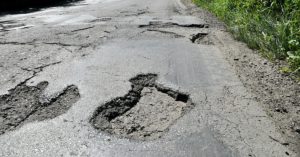
A lot of factors contribute to road damage during the snow season. While some are unavoidable like time, traffic, temperature and precipitation, others are avoidable – at least to an extent.
Damage becomes worse when you use low-bid snow plow blades that are poorly made and don’t do your road surface any favors. Here are some things you can avoid in order to decrease pavement deterioration and keep your road maintenance and repairs down next spring.
1) Speed
Operator speed effects road damage. While recommended speeds vary based on road conditions, concrete/asphalt highway roads can support up to 45 mph, and asphalt city streets should be plowed around 10-15 mph.
A good rule of thumb is the slower the plow goes, the less road damages. When in doubt, always go slowly!
2) Blade Footprint
A wider footprint distributes the weight evenly and reduces PSI. Removing the aggressiveness means saving your road surface from peeling and pot holes.
Road friendly blades are also more likely to maneuver over man-hole covers and bridge joints.
Overall, choosing the right bade for your specific plow speeds and road composite will save you time and money in the spring by decreasing your road repairs.
3) Salt
When salt is used on roads, it lowers the temperature that water will freeze from 32 degrees to 15 degrees Fahrenheit. This creates an artificial freeze-thaw cycle encouraging more damage to occur faster.
Sodium chloride (NaCl) and other deicing mechanisms like calcium chloride, magnesium chloride, potassium acetate and calcium magnesium acetate are necessary for public safety. However, you can reduce the amount of salt needed by using better blades that can help scrape ice and hard-packed snow off the road.
These factors are avoidable. By using higher-quality blades and always erring on the side of caution and slowing down, you can ensure less road maintenance in the future due to less damage on your roads.
After all, what’s a little investment now for a break from road maintenance later?
Subscribe to our blog
Get notified when we post a new article
"*" indicates required fields
